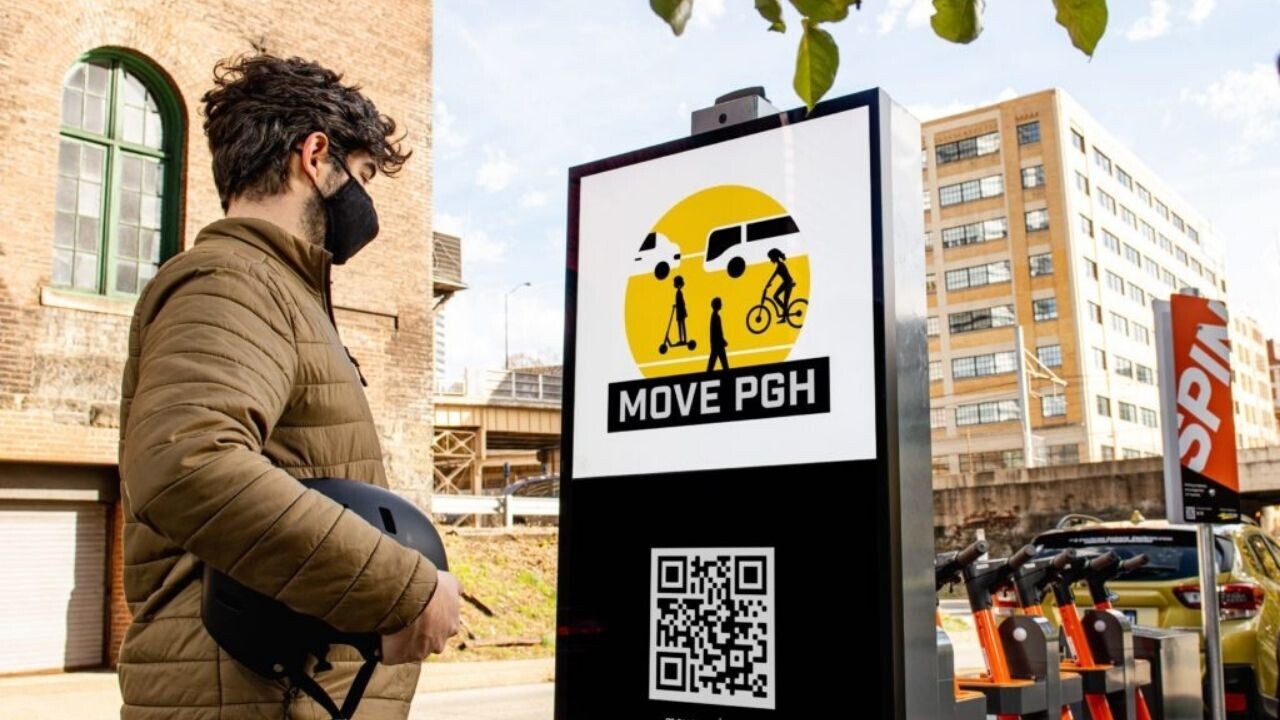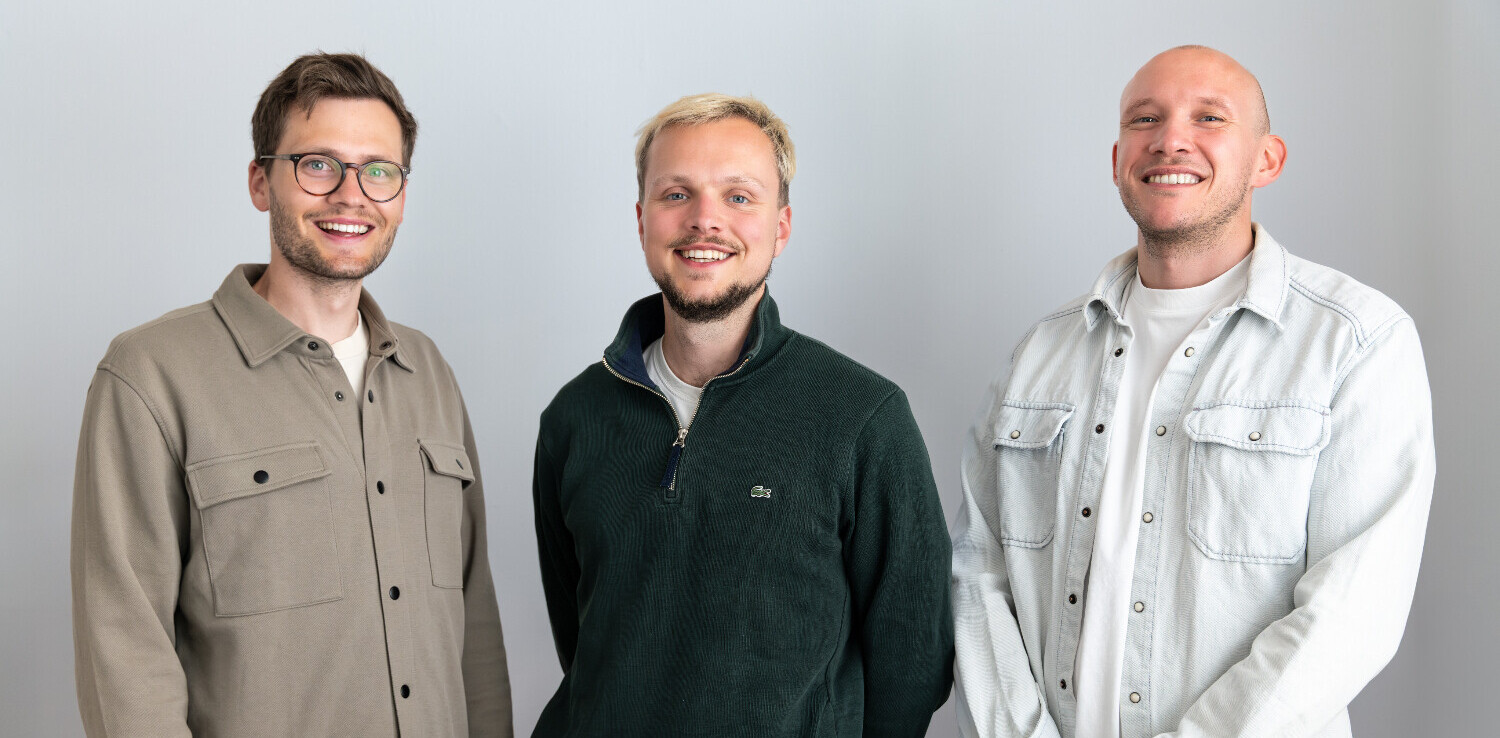This article was originally published by Christopher Carey on Cities Today, the leading news platform on urban mobility and innovation, reaching an international audience of city leaders. For the latest updates, follow Cities Today on Twitter, Facebook, LinkedIn, Instagram, and YouTube, or sign up for Cities Today News.
At the recent City Leadership Forum organized by the Cities Today Institute in Columbus, transport leaders from across the US discussed their multipronged approaches to driving modal shift.
As cities push to persuade people out of their cars towards more sustainable modes of transport, data is central to tracking results, understanding shifts, and adapting fast. Mobility leaders are also finding that a holistic, collaborative approach is key to success.
In July 2021, the City of Pittsburgh launched Move PGH, a two-year pilot scheme to create mobility hubs where people can access all the city’s transit options — buses, bikes, mopeds and escooters — in one place.
The programme is designed to boost equity but also serves as a useful tool for gathering data on travel trends, which can be used to better inform future policy.
Almost a year into the project, Tosh Chambers, Senior Programme Director at InnovatePGH, reflected on how this city-led approach to shifting mobility is evolving.
“We’ve been tracking some of the escooter data to recognize who is using it and why — and now we have an understanding of the demographics,” he said.
“It’s been pretty representative, at least in terms of race, of the general Pittsburgh population and we’ve seen a lot of utilization in the under-40 category.”
There has been some concern among transport leaders that escooters may take trips away from walking, cycling or public transport, but Chambers believes a healthy balance is being struck.
“We’ve also been tracking what [modes of travel] people are using e-scooters instead of, and it’s apparent that [escooters] replace 25-30 percent of trips that would have been driven or ridden in a car,” he said.
“A smaller number of walking and transit trips were replaced as well but seeing this number of car trips being replaced [with escooters] is exciting to know,” he added. “There also hasn’t been a decrease in public transport ridership or our bikeshare system — which is non-profit, and something we want to protect — since the escooters have been introduced, so that’s a positive as well.”
With the project nearing its halfway point, the city is preparing to release a report on the progress so far.
“Of course there’s a lot more that we want to learn and we’ll continue to track how people are using [escooters] to connect to transit,” Chambers said.
“We want to make sure it’s creating a cohesive environment where you’re not replacing all your trips with escooters, which seems kind of ridiculous — it’s about filling those gaps for first and last-mile trips in general.”
Emerging modes
The expansion of escooters across US cities has driven an increased emphasis on safety, and firms have stepped up efforts to integrate into cities’ ecosystems, rather than compete with them.
Brian Buccella, Bird’s Senior Vice President of Global Policy and Consumer Products, said: “Our innovations are finally starting to make it to the market — things like our advanced GPS systems that allow sidewalk detection and the implementation of some of the parking solutions that cities are looking for.
“I think we’re finally at the point where we can provide these solutions to cities and build that framework for years to come.”
Establishing this framework requires collaboration between the public and private sectors.
Arnaud Legrand, CEO, RATP Dev USA, said: “There’s no one solution, no silver bullet that can solve all problems.”
“It’s always a combination of different solutions and technologies — things that can address the different problems that cities face to create integrated modes of mobility that are expected from users.”
Incorporating safety technologies like light detection and ranging (lidar) has allowed cities to “see” the world in 3D, providing machines and computers with an accurate representation of the surveyed environment.
Jon Barad, Vice President of Corporate Development at Velodyne Lidar, said: “One of the reasons lidar is interesting is that it can be used in all lighting conditions, and it protects people’s privacy.”
“It doesn’t allow for any facial recognition, which is a growing concern among city operators.”
Planning for the future
In April 2019, Austin, Texas, adopted its Strategic Mobility Plan to guide transport planning and implementation across the city over 20 years.
At the plan’s heart was a focus on shifting how residents commute — moving away from the car to more sustainable and active modes of transport.
By delivering a coordinated approach among municipal departments and regional partners, the city wants to integrate all transportation modes so they complement, not compete with, each other.
“Cities need to look at how we can create a level of commonality among large esoteric topics like electrification,” said, Jason JonMichael, Assistant Director of Transportation, City of Austin.
“Its important to be able to share with others, and learn from others what challenges they’re facing and what their perspectives are, whether this is around infrastructure, policy or community.
“Austin is seeing a level of growth that it’s never seen before — during the pandemic the number of people moving to the city increased from 65 people a day to 185 people a day.”
Similar growth is happening in Miami, which has forced the wider city region to rethink how this expansion can be managed sustainably.
Carlos Cruz-Casas, Assistant Director, Department of Transportation and Public Works, Miami-Dade County said: “We’re building a city of the future — we have a lot of infrastructure initiatives, such as improving bike safety and infrastructure, and trying to implement data policies to ensure we can maximize the benefits from this.
“There are a lot of moving parts, the dynamics of commuting is changing.”
“Right now, public-private partnerships have really gathered a lot of steam in Miami, such as the port tunnel project,” he added.
“Having all these different players from the private sector offering solutions is really going to get us where we need to go.”
Get the TNW newsletter
Get the most important tech news in your inbox each week.





